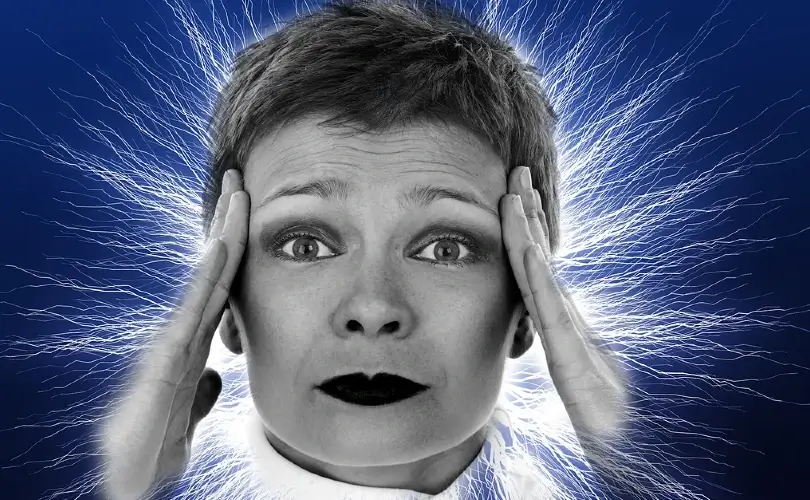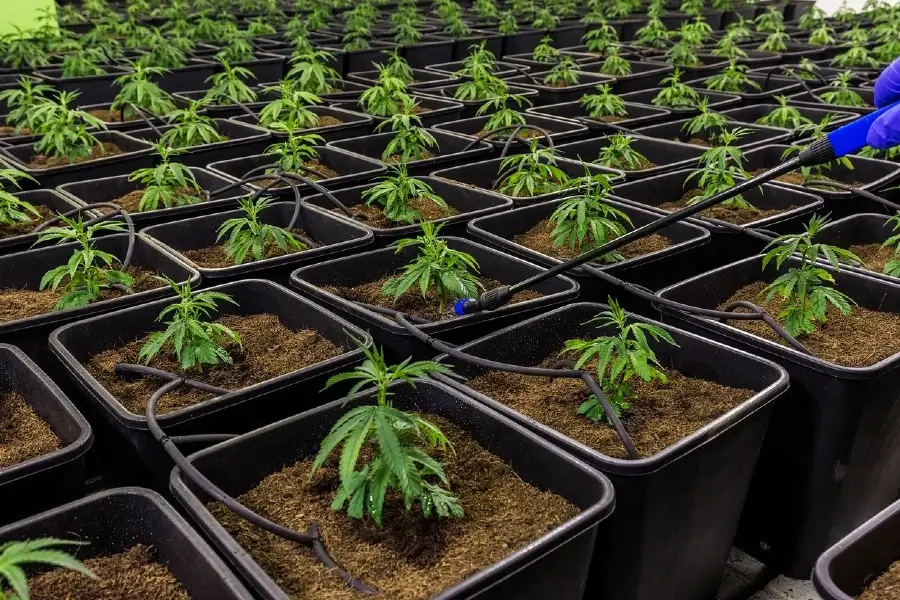Although it may seem appealing, there is not much evidence to back up the use of medicinal cannabis as a therapy for chronic pain. Many of the goods on the market are unlabeled and unregulated, and the FDA has not yet approved any cannabis-based products for medical use. As a result, there is “insufficient data” to back the use of medicinal cannabis to treat chronic pain.
Topical
There is growing evidence that cannabis can lessen pain. Despite the lack of data, it has promise as an alternative to prescription opioids. Particularly cannabinoids have been shown to help cancer patients feel less pain. Cancer can cause various pain symptoms, such as nerve damage, inflammation, and invasion of sensitive tissue. Because the pain is often persistent and resistant to opiate medications, cannabis is an excellent therapy option.
There are many different marijuana strains available, and each one has a different effect. Inflammation and discomfort are often best treated with THC doses that are highest. However, these high concentrations also lead to increased psychotropic side effects. For this reason, patients may choose to utilize a high-THC/low-CBD combination during the day and a lower-THC/low-CBD blend at night. For instance, Bubba Kush has 22 percent THC but only 0.1 percent CBD. This strain works wonders to reduce tension and muscle spasms.
CBD
One of the most crucial questions that many people have when considering cannabis use is if it can reduce pain. Numerous research has been done to determine whether cannabis might lessen physical discomfort. While some studies revealed little to no difference, others indicated that cannabis could help reduce pain. It is important to remember that different people feel different types of pain. Before taking any drugs, talk to your doctor if you want to try cannabis for pain relief.
You can relieve pain with CBD by ingesting hemp oil, applying it topically, or inhaling it. Each strategy has advantages and disadvantages. For instance, oral CBD medications take longer to start acting because they travel through the digestive system. In addition, the dosage is exceedingly challenging to control.
Inhalation
When smoked, cannabis might lessen pain but can also have unfavorable effects. Some of these are unpleasant, while others are completely harmless. The most frequent side effect of cannabis medication is sedation. Most of cannabis therapy’s adverse effects are minimal and self-limiting, grading less than one on a scale of one to three. The study also found no appreciable distinction in the negative impact between the cannabis and placebo groups. Only two patients had increasing liver disease, and one had a severe pain attack after using cannabis.
Despite the potential benefits of inhaled cannabis, little study has examined how cannabis use affects cancer patients’ hunger. Many cancer patients experience chronic pain that is frequently resistant to opioids. For its impact on cancer pain, oral delta-9-THC has been researched; however, most studies have only looked at pain intensity or decrease, while a few have also reported hunger stimulation.
Topical
There is emerging evidence that cannabis helps lessen pain. Despite the lack of data, it has promise as an alternative to prescription opioids. Particularly cannabinoids have been shown to help cancer patients feel less pain. Cancer can cause various pain symptoms, such as nerve damage, inflammation, and invasion of sensitive tissue. Because the pain is often persistent and resistant to opiate medications, cannabis is an excellent therapy option.
There are many different marijuana strains available, and each one has a different effect. Inflammation and discomfort are often best treated with THC doses that are highest. However, these high concentrations also lead to increased psychotropic side effects. For this reason, patients may choose to utilize a high-THC/low-CBD combination during the day and a lower-THC/low-CBD blend at night. For instance, Bubba Kush has 22 percent THC but only 0.1 percent CBD. This strain works wonders to reduce tension and muscle spasms.
THC
The notion that a growing body of scientific data supports cannabis’ THC aids in pain relief. Most randomized controlled trials have shown it to be a safe alternative to opioids for people with chronic pain. Many medical practitioners are hesitant to recommend it, though. Nevertheless, a large group of pain experts, the International Association of Surgeons in Pain (IASP), supports using cannabis as a pain treatment.
Cannabis helps eliminate pain by preventing both inflammatory and nociceptive processes. Some people can apply or absorb CBD topically. Oils and lotions made from cannabis are also widely accessible. Another choice some people use is transdermal patches, which are more effective than lotions. A different and popular method is taking cannabis with food, known as an edible. However, predicting how edibles would behave might be challenging. Another approach is to take medication sublingually.




